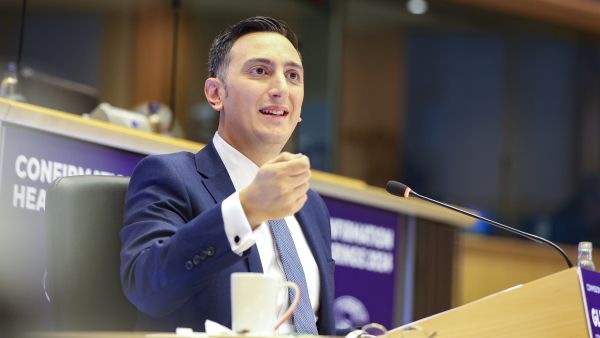The European Parliament today backed the report drafted by S&D MEP Silvia Costa to strengthen the Creative Europe programme for the period 2021 to 2027.
Creative Europe is the only EU direct programme for the cultural, creative and audiovisual sectors, and it takes into account both their societal and economic contribution. Silvia Costa proposes to double the budget from €1,46 billion to €2,8 billion, and to include new elements such as dedicated actions for the mobility of artists, heritage and architecture, the music sector, the audiovisual industry and pluralistic media.
The report passed today also calls on the European Commission to put artists and culture professionals at the core of the priorities and actions in the different strands of the programme.
Silvia Costa MEP, author of the parliamentary report and S&D spokesperson on culture and education, said:
"Creative Europe connects today a large European community of cinema and audio-visual industries, as well as performing arts, museums and art galleries, festivals, architecture and books. For the first time music, cultural heritage, publishing and design are targeted by specific lines of action.
“The EU has finally woken up to the fact that creative sectors contribute greatly to the EU GDP, and at the same time to social cohesion and appreciation of cultural diversity. Cultural and creative industries represent up to 4.5% of EU GDP with a significant share of the digital economy. They also provide quality jobs (8 million), especially for young people.
“So now it is time to provide the necessary funds to exploit its full potential, and this is why we are asking to double the previous budget. Along with the grants, we have also facilitated the access to the European Guarantee Fund by operators in the new InvestEU programme.
“I wanted to strengthen three areas: the first is the intrinsic value of culture; the second one is the mobility of artists and culture operators; and the third one is the development of a narrative on European common roots and diversity.
“Culture is the fourth pillar of sustainable development, but not everyone can currently access this kind of knowledge and personal fulfilment.
“European talents - especially the younger generations - should be able to circulate and circulate their works, have the chance to work on co-productions, and be further supported in the face of the current lack of funds that causes a major loss of opportunities.”









